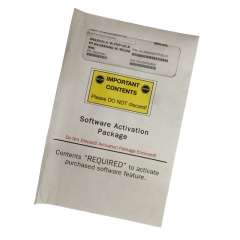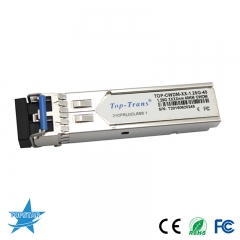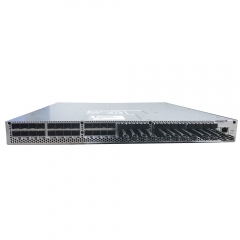The HPE Cray Storage Systems C500 is tuned to avoid I/O bottlenecks and offers a lower entry price than Cray systems designed for top supercomputers.
Smart motorway in England, UK with light trails signifying busy traffic at rush hour. The NSL symbols under the gantry sign signify an end to speed restrictions.
CREDIT: CAL F / SHUTTERSTOCK
Hewlett Packard Enterprise has launched the HPE Cray Storage Systems C500, an entry-level and midrange storage system for HPC and AI compute clusters.
The HPE Cray Storage Systems C500 is a derivative of the Cray SlusterStorE1000 Storage system, an external parallel file system for exascale, pre-exascale and national AI supercomputers that is often used with HPE Cray EX servers. The C500 is also based on parallel file system technology, and it’s designed to reduce the I/O bottlenecks of HPC systems and optimized for large-scale performance. It’s targeted at customers running modeling, simulation and AI workloads on smaller clusters.
HPC is often viewed as a high-end service, but that’s not always the case. Some customers may want to start with a smaller deployment and grow, notes Ulrich Plechschmidt, HPE product marketing manager for parallel HPC and AI storage.
“These customers still need and want the proven leadership-class storage technologies of Cray ClusterStor E1000 Storage Systems. But they need it at a significantly lower entry price point that fits the size of their compute clusters that are running converged MOD/SIM and AI/ML workloads,” he said in a blog post announcing the new storage arrays.
“In response, we are announcing HPE Cray Storage Systems C500 which provide those leadership-class storage technologies at a fraction of the entry-price point and with increased ease-of-use,” he added.
The C500 uses the embedded open-source Lustre file system without capacity-based licensing and features a very high utilization rate in the upper 90% range, which is much higher than the average data center storage system. It also has much higher IOPS than a traditional storage system for overall faster performance.
“One of the huge advantages of a parallel file system vs. a standard Enterprise NAS is that parallel file system it is able to get a lot more performance/GB per second out of each SSD through the network to, and from, the compute nodes,” Plechschmidt told me via email.
HPE picked up the ClusterStor line when it acquired Cray in 2019. At the top end, it scales to tens of petabytes of SSD storage, delivering up to 1.6 TBps and 50 million IOPS/rack. ClusterStor is used in a number of major supercomputers, including the three known exascale supercomputers: Frontier, Aurora, and El Capitan.
While the C500 has a lot in common with the ClusterStor E1000, there are also differences. Where the E1000 uses a 2U24 storage controller for the System Management Unit (SMU), the C500 uses a more cost-effective HPE ProLiant DL325 Gen11 server. It also uses fewer controllers to manage the hard drives, and the C500 enclosure offers more flexibility in how many drives are stored in it.
“Supercomputing applications require high-performance storage solutions to match the high-performance computing elements. This is especially important today because AI has introduced a new wave of supercomputing users. While some organizations may not think of it as ‘supercomputing,’ training large models on massive data sets across multiple high-speed nodes in parallel … it’s kind of the same thing, and it certainly needs high-performance storage,” said Addison Snell, CEO of Intersect360 Research, which specializes in HPC and supercomputing research.#SAN #HPE #OpticalModule





